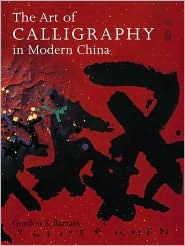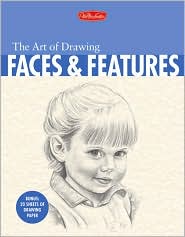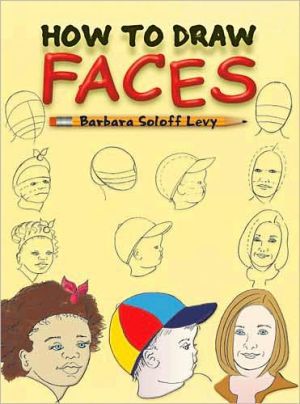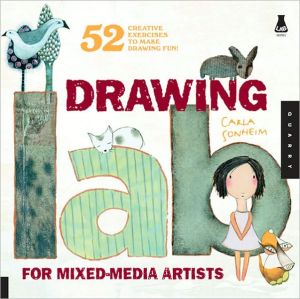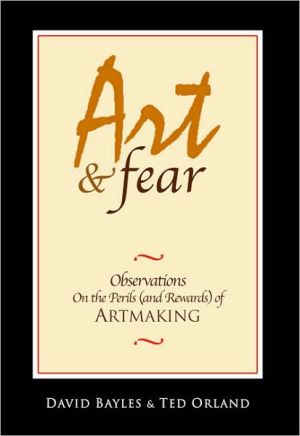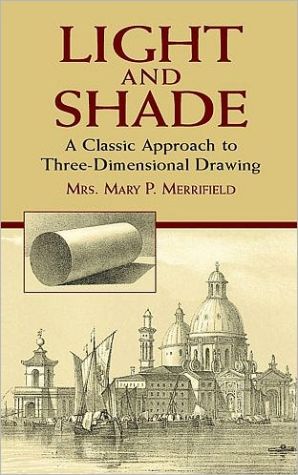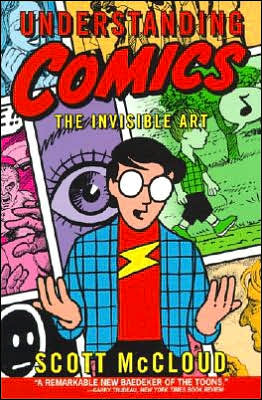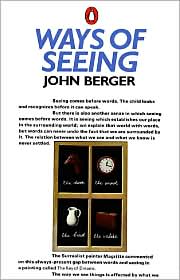The Art of Calligraphy in Modern China
Calligraphy is a defining feature of Chinese culture, both a means of communication and a revered form of art. It has changed more dramatically during the half century since Mao Zedong established the People's Republic in 1949 than over the preceding fifteen hundred years. At first the traditional art of calligraphy was transformed into an instrument of political power and protest, wielded on an unprecedented scale. Over the past three decades it has emerged as a more visually exciting modern...
Search in google:
"This is an excellent handbook of contemporary Chinese calligraphy for English-speaking readers. Barrass loves calligraphy and offers much information about the lives and art of many of the finest modern masters of this ancient art. The book fills a big gap in the literature."—Richard Barnhart, coauthor of Three Thousand Years of Chinese Painting Library Journal To the Chinese, the art of calligraphy represents the epitome of culture-indeed, a scholar's "four treasures" are paper, brushes, insksticks, and inkstone. Although the dark days of China's Cultural Revolution (1966-76) were marked by suppression of the arts and free expression, calligraphy continued to flourish as a propaganda tool (Mao Zedong himself was a calligrapher and promoted its use to create the politically charged "big character posters"). In the decades since Mao's death, calligraphy has continued to evolve, but it is now an instrument of expression of the avant-garde. Barrass, who served in the British Embassy in Beijing in the early 1970s and travels frequently to China, here documents the work of 25 of the art form's most prominent and innovative practitioners. Along with interviews and photographs, the book presents beautifully reproduced examples of their work. Other features include a discussion of the influences that have shaped calligraphy over the last 50 years, Chinese transcriptions of the poetry interspersed throughout the book, and a bilingual bibliography. Although this book will be of primary importance to scholars of Chinese culture, it would also be a valuable addition to most art libraries.-Margarete Gross, Chicago P.L. Copyright 2002 Cahners Business Information.
Foreword7Acknowledgements9Introduction111The Great Debate152The Changing World413The Grand Tradition: Shen Yinmo, Ye Gongchuo, Guo Moruo, Chen Yi, Deng Sanmu, Mao Zedong664Breaking the Mould: Zhang Zhengyu, Li Luogong1185The Classicists: Sha Menghai, Lin Sanzhi, Qi Gong, Wang Shixiang1326The Modernists: Wang Dongling, Huang Miaozi, Gu Gan1627The Neo-Classicists: Zhang Sen, Liu Zengfu, Han Yu, Sa Benjie1948The Avant-Garde: Zhang Dawo, Pu Lieping, Wei Ligang, Wang Nanming, Zhang Qiang2269The Brushmarks of Friendship: Yang Xianyi264Illustration and photographic credits274Chinese transcriptions of calligraphy277Bibliography280Chinese bibliography282Index284
\ Library JournalTo the Chinese, the art of calligraphy represents the epitome of culture-indeed, a scholar's "four treasures" are paper, brushes, insksticks, and inkstone. Although the dark days of China's Cultural Revolution (1966-76) were marked by suppression of the arts and free expression, calligraphy continued to flourish as a propaganda tool (Mao Zedong himself was a calligrapher and promoted its use to create the politically charged "big character posters"). In the decades since Mao's death, calligraphy has continued to evolve, but it is now an instrument of expression of the avant-garde. Barrass, who served in the British Embassy in Beijing in the early 1970s and travels frequently to China, here documents the work of 25 of the art form's most prominent and innovative practitioners. Along with interviews and photographs, the book presents beautifully reproduced examples of their work. Other features include a discussion of the influences that have shaped calligraphy over the last 50 years, Chinese transcriptions of the poetry interspersed throughout the book, and a bilingual bibliography. Although this book will be of primary importance to scholars of Chinese culture, it would also be a valuable addition to most art libraries.-Margarete Gross, Chicago P.L. Copyright 2002 Cahners Business Information.\ \
